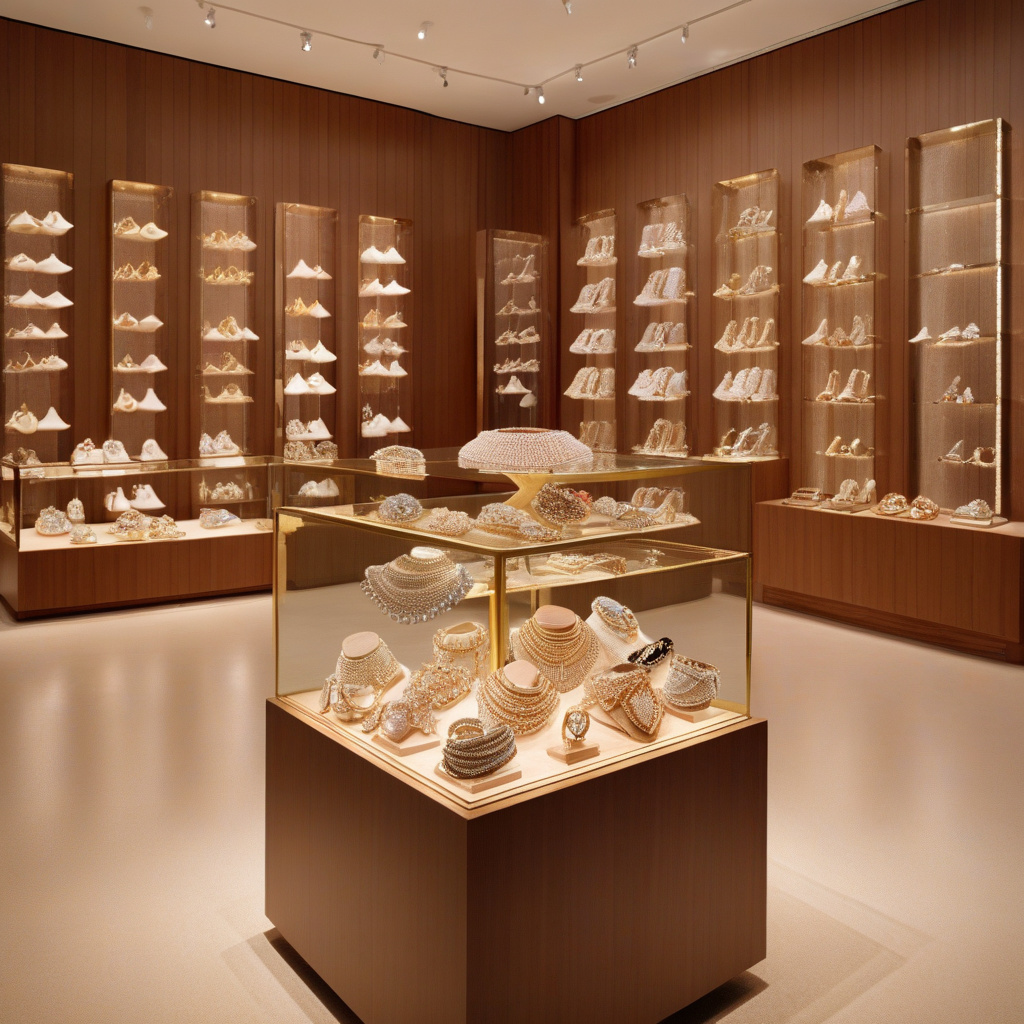Can Jewellery Continue to Outshine Fashion?
In the ever-changing landscape of luxury goods, trends can shift dramatically, leaving certain items in the dust. As leather goods face scrutiny due to rising prices and quality concerns, fine jewelry is stepping into the spotlight as the emerging star of luxury. This transformation raises an important question: can jewellery continue to outshine fashion in the luxury market?
Historically, leather goods have been synonymous with luxury. Brands like Louis Vuitton and Gucci have long dominated this sector, offering handbags, wallets, and accessories that have become status symbols. However, the recent surge in prices for leather products, combined with growing consumer awareness regarding sourcing and production practices, has left many shoppers feeling dissatisfied. Reports indicate that the quality of leather goods is not always consistent, leading to a sense of disillusionment among customers. As a result, consumers are increasingly turning their attention to alternative luxury items, with jewellery emerging as a noteworthy contender.
Fine jewellery offers a unique appeal that leather goods simply cannot match. For one, jewellery often carries emotional significance, acting as a symbol of love, achievement, or personal milestones. Pieces such as engagement rings, anniversary gifts, and family heirlooms create lasting memories and connections, making them more valuable than mere fashion accessories. This emotional connection is crucial in a market where consumers are seeking authenticity and meaning in their purchases.
Moreover, the versatility of jewellery makes it an attractive option for consumers. While a leather handbag may complement certain outfits, a well-chosen piece of jewellery can enhance a wide range of looks, from casual to formal. According to a recent report by McKinsey, jewellery has seen a boost in popularity due to its adaptability, with consumers feeling empowered to mix and match pieces to create unique styles. This flexibility allows jewellery to resonate with a broader audience, appealing to both traditional luxury shoppers and younger, more fashion-forward consumers.
Another significant factor contributing to the rise of fine jewellery is the influence of social media and digital marketing. Platforms like Instagram and TikTok have transformed how consumers discover and engage with luxury products. Influencers and celebrities often showcase stunning jewellery pieces, effectively creating a buzz that drives demand. Brands that leverage these platforms successfully can reach new audiences and cultivate a loyal following. For instance, the rise of direct-to-consumer brands such as Mejuri and Missoma has made fine jewellery more accessible, allowing consumers to purchase quality pieces without the traditional retail markup.
Furthermore, sustainability is becoming an increasingly important consideration for luxury consumers. As awareness of environmental issues grows, shoppers are demanding more responsible production practices. Fine jewellery brands that prioritize ethical sourcing and sustainable materials are likely to attract conscientious consumers. For example, companies like Brilliant Earth and Vrai are making waves in the industry by offering ethically-sourced diamonds and lab-grown alternatives, positioning themselves as leaders in the sustainable luxury market. This commitment to sustainability not only appeals to eco-conscious consumers but also enhances the brand’s reputation, creating a competitive edge in a crowded marketplace.
Despite these advantages, there are challenges that jewellery brands must navigate to maintain their position in the luxury market. The fine jewellery sector is not immune to economic fluctuations, and luxury spending often decreases during economic downturns. Additionally, the market is becoming increasingly saturated, with new players entering the scene regularly. Established brands must innovate and differentiate themselves to remain relevant amidst this competition.
Brands that focus on personalization and customization may find themselves better positioned to thrive in this evolving landscape. Offering bespoke designs allows consumers to invest in pieces that reflect their individuality, creating a sense of ownership that mass-produced items cannot provide. For example, companies like Gemist allow customers to design their own rings, ensuring that each piece is unique and special. This level of personalization not only enhances customer satisfaction but also fosters brand loyalty.
In conclusion, as leather goods grapple with rising prices and quality concerns, fine jewellery is poised to take center stage as a luxury staple. Its emotional significance, versatility, and alignment with sustainability trends make it a compelling choice for today’s discerning consumers. However, to sustain this momentum, jewellery brands must focus on innovation, personalization, and responsible practices. If they can navigate these challenges effectively, jewellery may indeed continue to outshine fashion in the luxury market for years to come.
luxury, jewellery, fashion, retail, sustainability
